GFRP Rebar


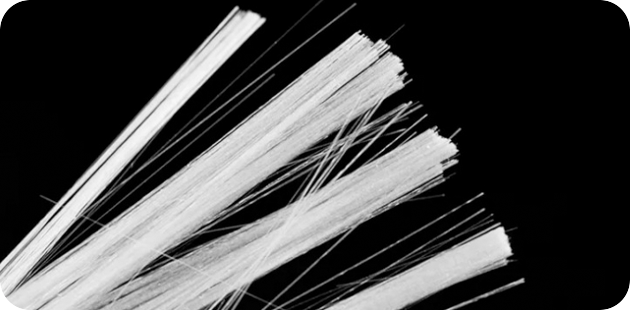

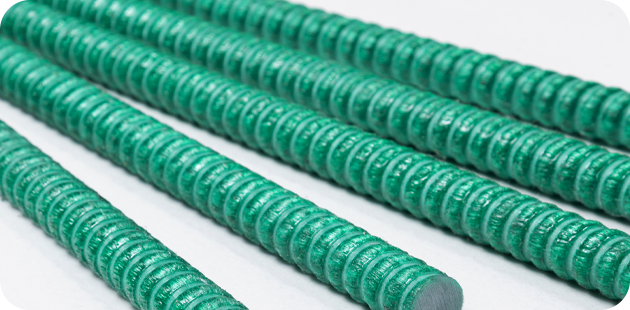
Excellent specific strength
※ Specific Strength : Strength to weight
* Scroll left and right to see the content.
| Material Types | Tensile strength (MPa) |
Density (g/㎤) |
Specific strength (kN·m,/kg) |
|---|---|---|---|
| Low Carbon Steel (AISI 1010) | 365 | 7.87 | 46.4 |
| Stainless steel (304) | 505 | 8 | 63.1 |
| Nylon | 78 | 1.13 | 69 |
| Aluminium alloy (7075-T6) | 572 | 2.81 | 204 |
| Titanium alloy (Beta C) | 1250 | 4.81 | 260 |
| Carbon-epoxy composite | 1240 | 1.58 | 785 |
| Glass fiber | 3400 | 2.6 | 1307 |
| Basalt fiber | 4840 | 2.7 | 1790 |
| Carbon fiber (AS4) | 4300 | 1.75 | 2457 |
| Kevlar | 3620 | 1.44 | 2514 |
▶ About 1/4 the weight of steel rebar
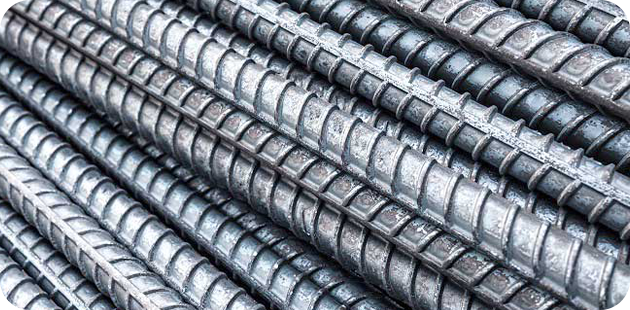

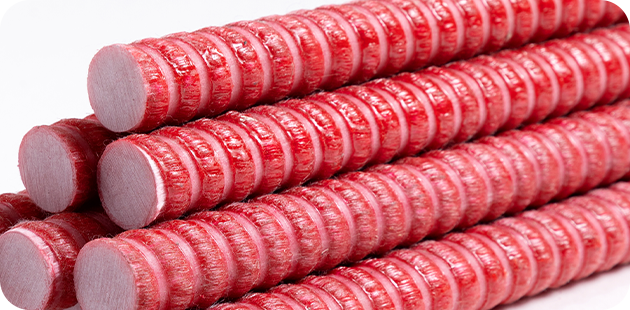
Temperature expansion and temperature transition
※ Similar coefficient of thermal expansion to concrete
* Scroll left and right to see the content.
| Direction | Temperature expansion coefficient (x10-6/℃) | ||||
|---|---|---|---|---|---|
| Steel | GFRP (Glass) | CFRP (Carbon) | AFRP (Alamid) | Concrete | |
| Longitudinal direction | 11.7 | 6.0~10.0 | -9.0~0.0 | -6.0~-2.0 | 7.2~10.8 |
▶ Excellent compared to steel rebar
* Scroll left and right to see the content.
| Steel | GFRP | |
|---|---|---|
| Thermal conductivity | 46 W/mk | 0.35 W/mk |
| Modulus of elasticity | 200 GPa | 50 GPa |
▶ Excellent insulation performance with low thermal conductivity
Mechanical properties

▶ Linear stress-strain operation
Minimum cover thickness of GFRP reinforcement

▶ Reduction in coating thickness compared to rebar due to corrosion resistance
Design of GFRP member

▶ Stress distribution is approximated with a rectangular equivalent stress block used for cross-section analysis of reinforced concrete
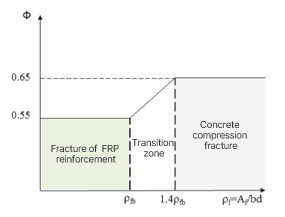
Strength reduction factor
according to reinforcement
ratio
▶ Application of strength
reduction factor in bending
design reflecting failure mode










